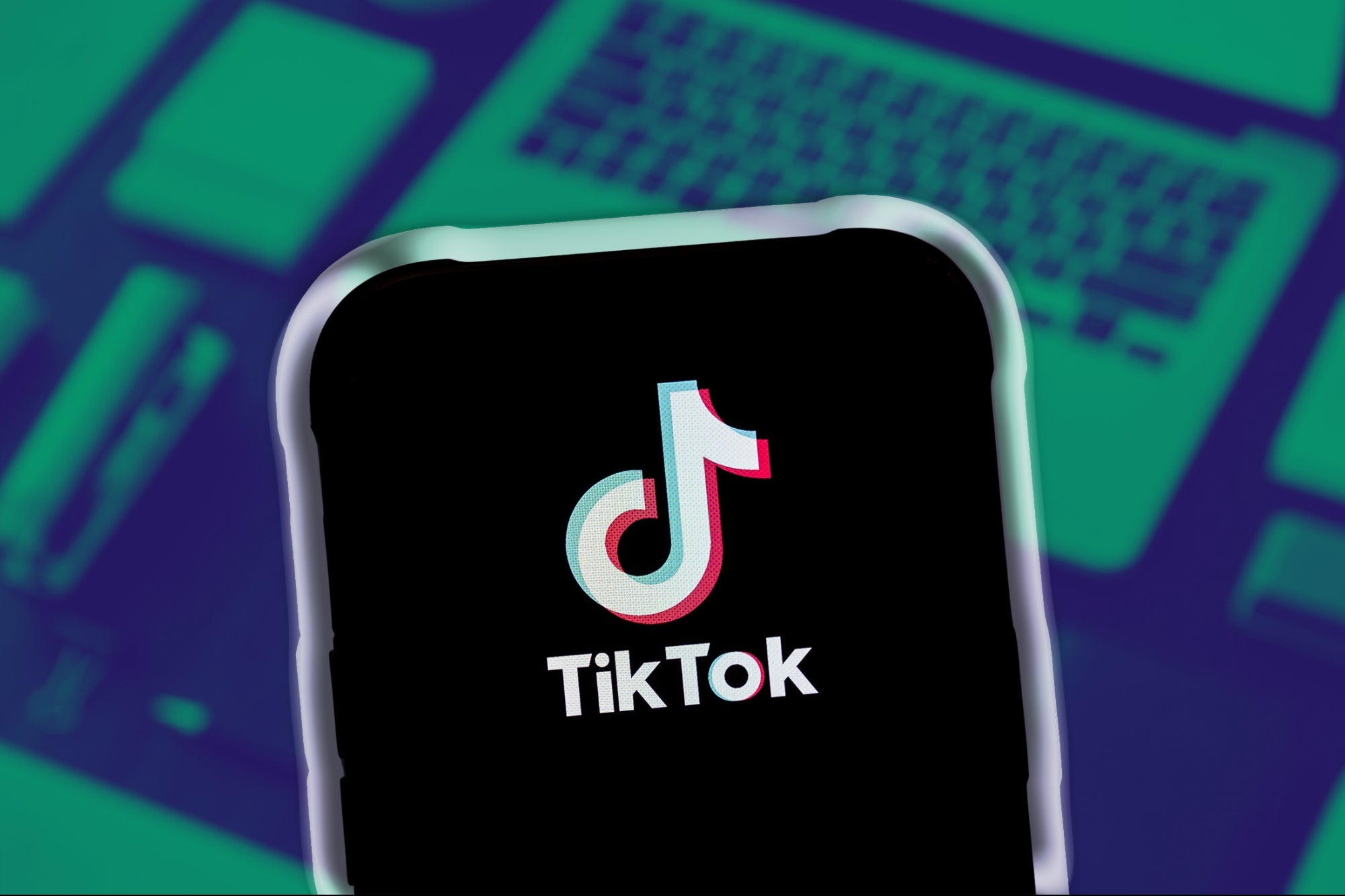7 Tips to Manage Freelancers Efficiently in a Post-COVID-19 World Managing remote workers and independent contractors requires processes, planning, and reliable services to make sure nothing falls through the cracks.
By Lilia Stoyanov Edited by Jason Fell
Opinions expressed by Entrepreneur contributors are their own.
You're reading Entrepreneur Europe, an international franchise of Entrepreneur Media.

It comes at no surprise that most businesses are shifting to on-demand workforce to optimize costs, survive and thrive in a post-COVID-19 world. Although a contingent workforce existed for many years, very few businesses relied primarily on independent contractors and freelancers. Contract roles were mostly available either to highly skilled management consultants and experts or to seasonal workers.
However, the COVID-19 pandemic has changed the workforce dynamics as millions of people have been laid off and businesses have to look for alternative solutions to remain competitive. Hiring freelancers and gig workers on-demand has become a preferred option even for more traditional businesses. However, managing freelancers, remote workers and independent contractors is never seamless and requires processes, planning, and reliable vendor management and freelance management services.
Some industries like software development, e-learning, digital marketing, video production, online events management, hospitality, tourism and more are likely to permanently shift to contingent workforce. As managing freelancers has its own specifics, the following seven tips can be helpful to all companies that are planning to hire more gig workers, remote workers, and freelancers in the future.
1. Analyze your hiring needs.
If some roles had been strictly reserved for full-time employees working in an office environment, now these roles may be suitable for remote workers and freelancers. To identify roles that can be transformed into contract jobs and freelance gigs, the hiring managers need to ask themselves "How critical is this role for the business?'' If the role is of utmost importance to the business, consider keeping it as a full-time role or offer a retainer to freelancer or independent contractor who has always delivered quality work.
This approach can ensure a high quality of work and motivation. On the other hand, all roles that are not critical to the business can be transformed into part-time roles or contract jobs and assigned to freelancers and independent contractors.
2. Develop a pool of freelancers.
Working with people who have demonstrated their skills and delivered high quality work over and over again is the right way to go. At the same time, project managers need to have sufficient information about the projects these freelancers have worked on before and to be able to contact them if there is a new project that requires a similar skillset and expertise. Often, being able to demonstrate that you have sufficient resources is what's needed to win a new project over the competition.
3. Select a Freelancer Management System.
If more than 10 percent of your workforce consists of freelancers and gig workers, you will most liekly need a Freelancer Management System to be able to keep track of completed and ongoing projects, have access to historical information, manage project budgets, assign freelancers to new projects, approve payments and much more. A checklist will help a lot in your selection process. Answers to questions like "How many freelancers will I be managing in the next three years?", "Will I manage both freelancers and remote workers across multiple geographies?", "Do I need integrations with project management and time tracking software?", "Do I need automated billing and invoicing?", etc. will help you to select the Freelancer Management System that's is addressing the needs of your business.
This can help with eliminating duplicate payments as well. Imagine that 10 freelancers are working on the same project but each of them is working on a different task, has different deadline and is paid a specific pay rate. This is the reality for many digital marketing, design, and creative companies. If the payments are managed via Excel spreadsheets and payment approvals happen via emails, duplicate payments are inevitable.
Enterprise solutions like SAP Fieldglass and Oracle HCM are usually not an option for small- and medium-size businesses (SMBs) due to the high integration and maintenance costs. Luckily, there are affordable alternatives like Transformify that have been specifically designed to address the needs of SMBs.
4. Source freelance talent quickly and efficiently.
Working with a pool of freelancers over and over again is great, however from time to time you will have to hire new people. As hiring needs highly depend on business growth and customer acquisition, it is hard to predict the skills set that will be required to win the next customer or the next project. Trying to source freelancers via various job boards, freelance marketplaces and the like is time-consuming and the results are often far from those desired. The best solution is to have a Freelancer Management System integrated with an ATS (Applicant Tracking System) to be able to quickly source, hire and manage freelancers ad hoc.
5. Know your talent pool.
Historical information about the freelancers who have worked on similar projects is invaluable when starting a new project on a tight budget and challenging deadline. Imagine that you have interviewed seven freelancers for a similar project in the past, three were shortlisted and one got the job. Wouldn't be great to be able to easily check who those three shortlisted freelancers were and contact them immediately to check if they are available?
6. Manage project budgets.
Often, project planning and project execution are not aligned. There are tasks that have been overlooked and not budgeted at all, skills that are missing and people who become unavailable out of a sudden. It is common for freelancers to work on more than one project at the same time. Being able to move costs from one bucket to another while staying within budget is invaluable. Poor budget management may turn a promising project into a loss generating project.
7. Keep an eye on time-tracking reports.
As freelancers are often paid per hour, project managers need to be able to identify any unusual deviations in time tracking reports. If the same task was taking 10 hours in the past, why is it taking 30 hours now? Team velocity is also important as sometimes team members may happen to be times less efficient than the average for the team. If inefficiencies and overbilled hours are not identified on time, this inevitably will lead to lost productivity, tension in the team and increased costs.
The gig economy was on the rise even prior to COVID-19 lockdowns and massive layoffs. As businesses had no other option than to adopt remote working and work from home policies, going forward more and more companies will rely on contingent workforce and freelancers.













